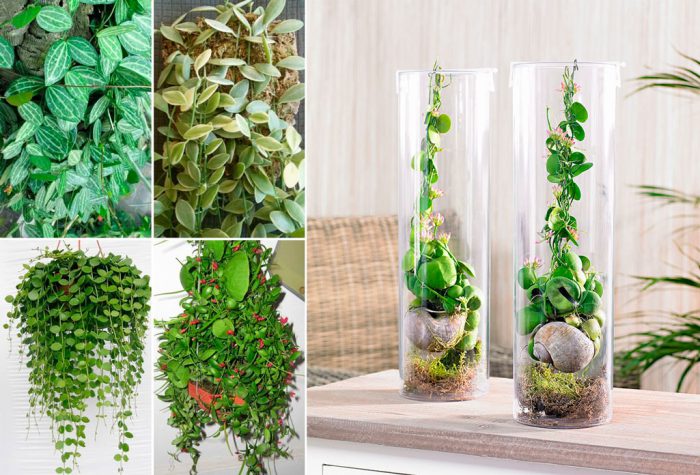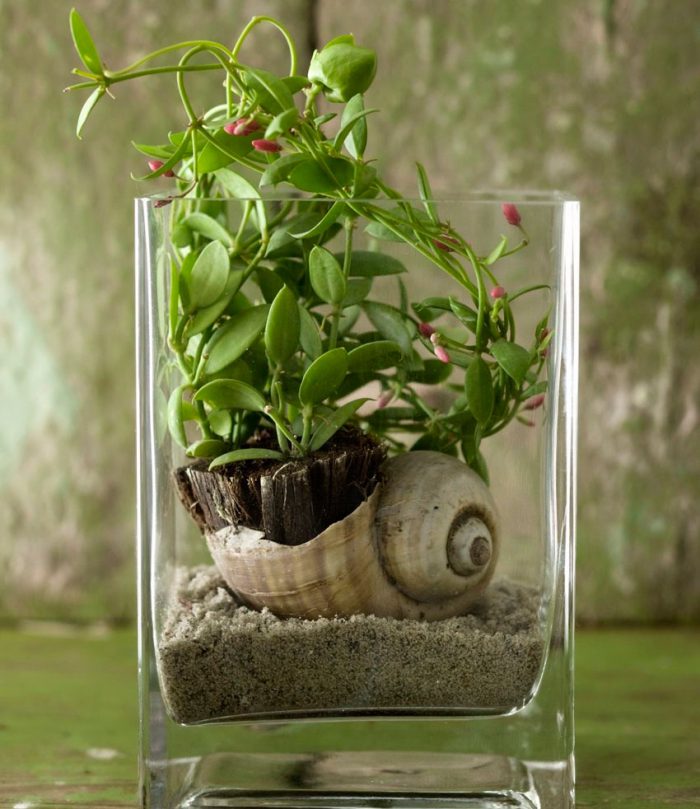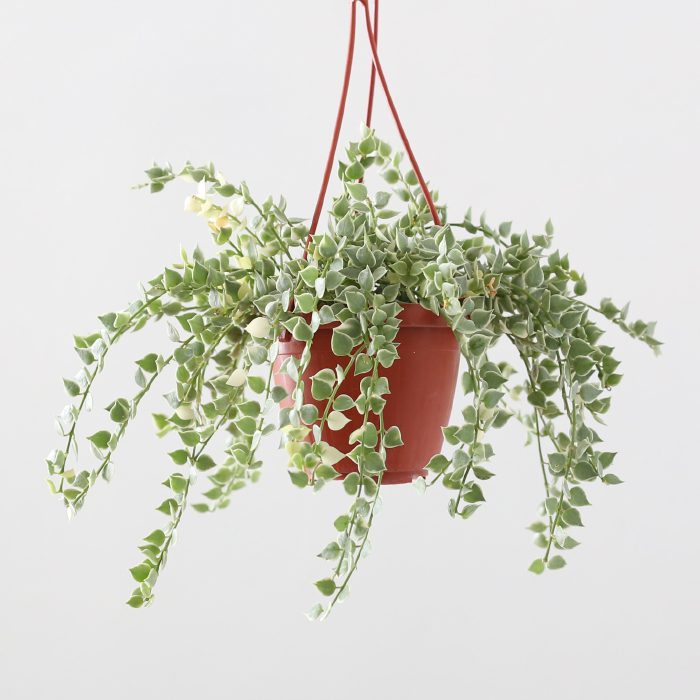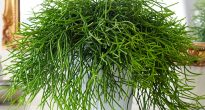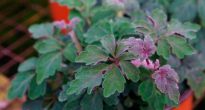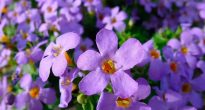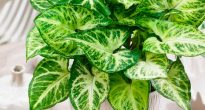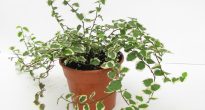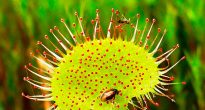An epiphytic plant like dyschidia (Dischidia) is directly related to the family of gorse (Asclepidaceae). In nature, it can be found in the tropical regions of Polynesia, India and Australia. Dyschidia growing in the wild is able to cling to the trunks of powerful plants with aerial roots. At home, it is usually grown as an ampelous plant.
It is recommended to use a special support for growing this vine. The plant is fixed on it with aerial roots. Dyschidia has 2 types of leaves. The first type is rounded, thin and green leaves. The second type is rather fleshy leaves, their edges can grow together, as a result of which a kind of small jug is formed in which liquid can be stored. The length of such leaves is 5 centimeters, their front surface is painted green, and the back is brownish-red. In nature, various insects, for example, ants, often settle in such jugs. The flower absorbs moisture from these natural reservoirs with the help of aerial roots, which, growing into them, penetrate. Flowering is observed several times a year. Small flowers, collected in whorls of 3 or 4 pieces, can be painted pink, white or red. Their formation takes place in the leaf sinuses.
Content
Dyschidia care at home
Illumination
Bright lighting is necessary, but at the same time it should be diffused. Protect the plant from direct sunlight.
Temperature regime
He loves heat very much and grows quite normally at high air temperatures. The recommended summer temperature is from 25 to 30 degrees, while in winter it should not be colder than 18 degrees.
Humidity
High humidity is required. Experts recommend systematically moistening the foliage from a sprayer or pouring pebbles or expanded clay into the pan and pour in a little water, but in this case, make sure that the bottom of the container does not come into contact with the liquid. Feels great in greenhouses with high humidity or terrariums.
How to water
Watering should be moderate. So, it is recommended to water the plant after the top layer of the substrate dries out 2-3 centimeters in depth. For irrigation, soft (filtered, boiled or settled for at least 2-3 days) water at room temperature is used. In winter, watering should be more scarce.
Top dressing
Top dressing is carried out in spring and summer 1 time in 2 or 4 weeks.For this, fertilizer is used for decorative leafy plants.
Transplant features
The transplant is carried out in the spring. Young specimens are subjected to this procedure once a year, and adults only if necessary. You need light soil that allows air to pass through well. Purchased soil for bromeliads is suitable for planting. In greenhouses and terrariums, dyschidia can be grown on blocks. To prepare the soil mixture, combine 1 part of pieces of pine bark (or fern roots) with 2 parts of moss, while adding a small amount of charcoal. Don't forget to make a good drainage layer at the bottom of the pot.
Reproduction methods
Can be propagated by seed and cuttings.
Cut off the apical cuttings, which should vary in length from 8 to 10 centimeters. It is necessary to process the sections with Kornevin, and then plant the cutting in a substrate consisting of sand and wet peat. Cover the handle with a plastic bag or glass and place in a warm place (at least 20 degrees). It is necessary to air the greenhouse every day.
Cuttings can often be found in jug leaves. To do this, the leaf is disassembled, and the cutting is cut off.
After the end of the flowering period, pods appear, in which the seeds are located. The seeds are similar to dandelion seeds, they are also volatile. Sowing is carried out in spring in a substrate consisting of peat (or light earth) and sand. Cover the container with glass or foil and place in a warm place (20 to 25 degrees). Seedlings need picking.
Pests and diseases
Can settle mealybugs or spider mites.
A plant can get sick due to improper care:
- rot on shoots and root system - excessive watering;
- the color of the leaves changes to red - too intense lighting;
- there is no development of jug leaves - dry air;
- antennae acquire a brownish tint - too low humidity.

